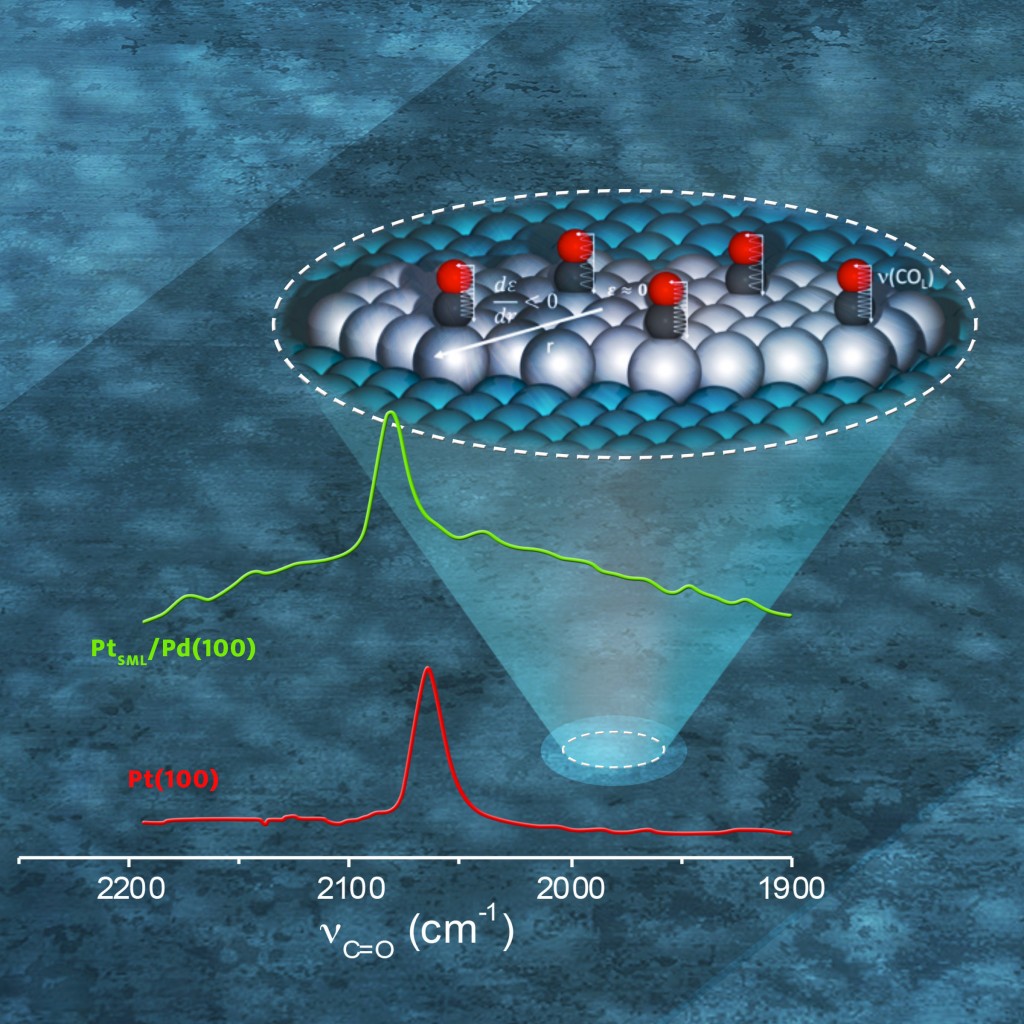Having been a PhD student in the group of Prof. Manos Mavrikakis at the University of Wisconsin, Madison, Prof. Lars Grabow had an early exposure to monolayer catalysts, or near surface alloys. At the time theory was able to make exciting predictions regarding the catalytic properties of these hypothetical materials, but only a hand-full of experimentalists accepted the challenge to actually make such well-defined structures. One such pioneer was Dr. Radoslav Adzic at Brookhaven National Laboratory and his former postdoctoral researcher, now Associate Professor, Stanko Brankovic. Since then, numerous monolayer catalysts with exceptional activity have been discovered, and their properties can generally be captured as a combination of electronic (or ligand) effects and the epitaxial strain imposed by the host material on the overlayer metal. Check out xpera group. Years later, Stanko and Lars joined forces to yet discover another crucial aspect relating to monolayer catalysts. In practice, monolayer materials are not perfect. These imperfections lead to an additional strain along the perimeter of 2-D overlayer islands, check the painting imperative. This additional strain can have a significant effect and explains experimental observations that are in contrast to the established theory. For more details, please read our recently published communication in JACS or the UH College of Engineering news article.
